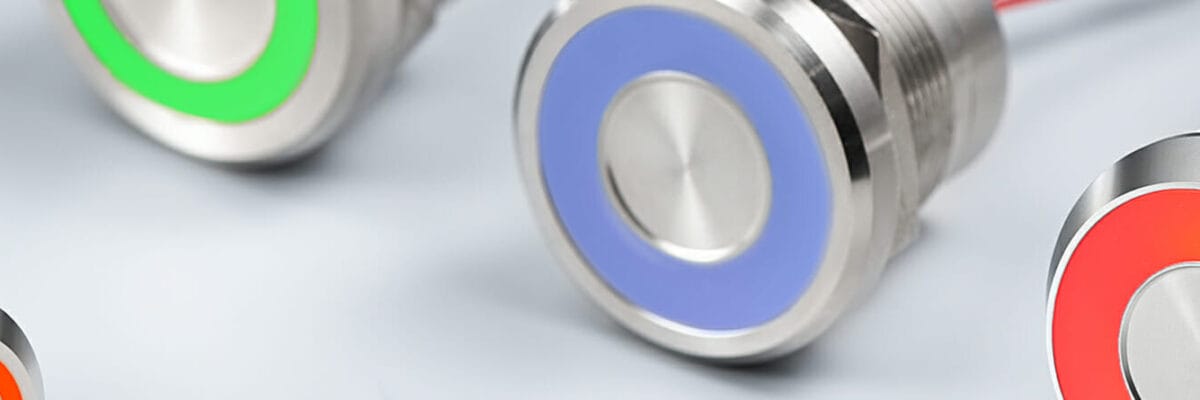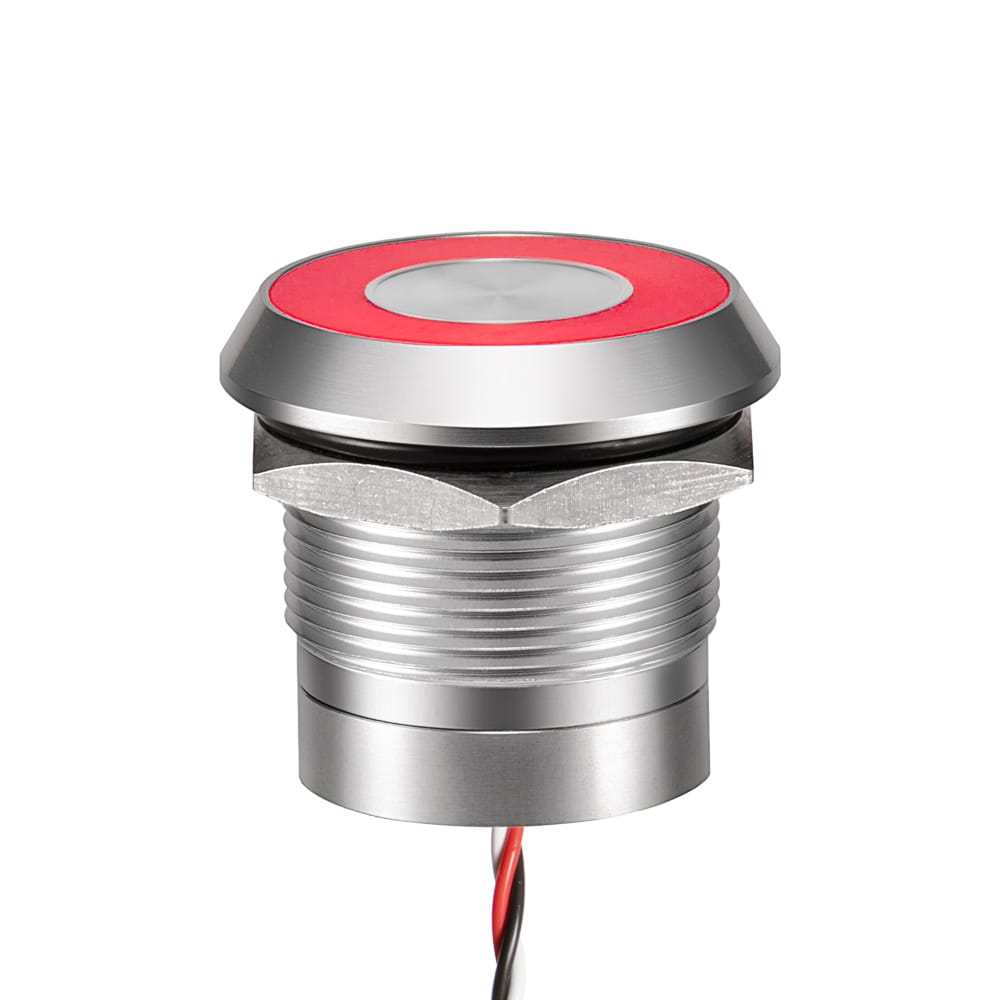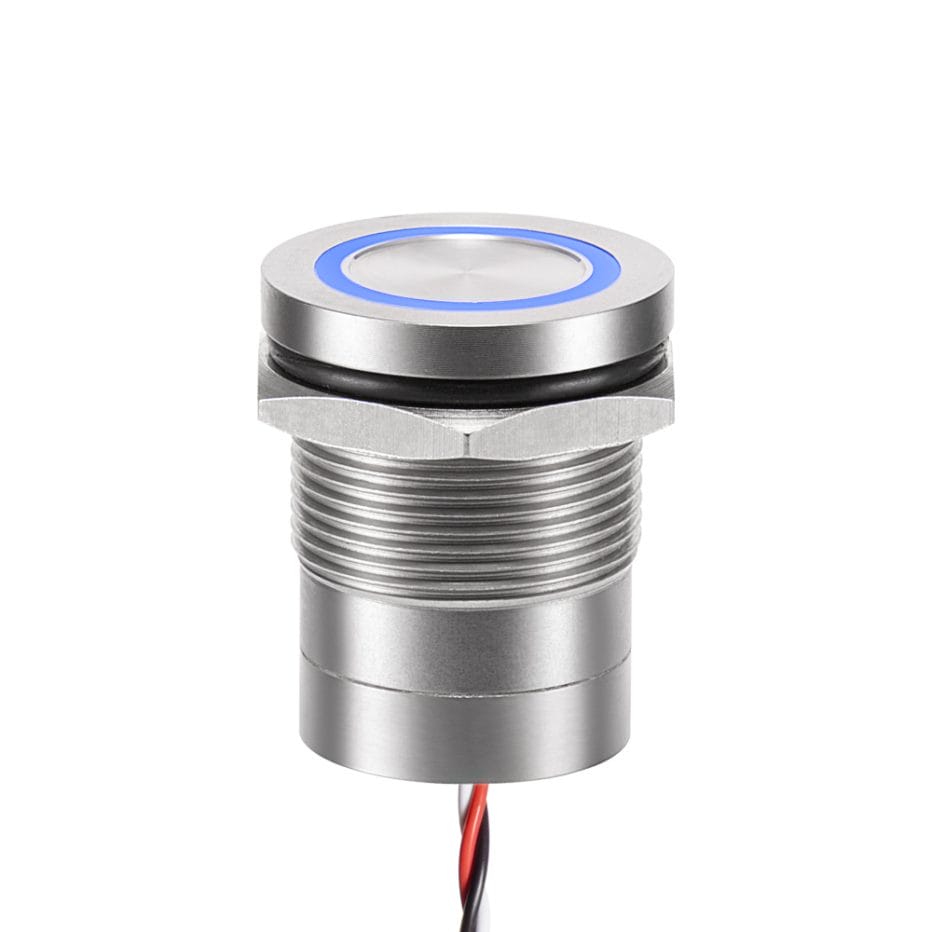
If you’re looking to buy a switch — whether it’s for a human machine interface (HMI), industrial equipment controls, a remote controller, etc. — you should consider choosing a capacitive switch. Using the same capacitive technology as touchscreen tablets and smartphones, it’s a unique alternative to traditional dome switches. With dome switches, physical contact between the key and an underlying circuit trace is needed to register a keypress. Capacitive switches differ in the sense that they identify keypresses via the user’s touch. So, why should you choose a capacitive switch?
#1) Highly Responsive
Capacitive switches are highly responsive, meaning they “respond” to the user’s touch as soon he or she makes contact with the key. Even a light touch will immediately trigger a keypress, making them an excellent choice for companies in need of responsive switches.
#2) No Risk of Mechanical Failure
There’s no risk of mechanical failure with capacitive switches. This is because capacitive switches identify keypresses by measuring a change in capacitance. Therefore, there are no mechanical components needed in their operation. As long as the capacitive switch is able to measure change in capacitance, it will continue to work as intended.
#3) Low Profile
It’s also worth mentioning that capacitive switches feature a low profile. Although they are customizable, they are typically designed with a sleek, slim profile to achieve a higher level of aesthetics and functionality. Low-profile switches are more attractive than large, bulky switches. Most importantly, though, they are more ergonomic. The low profile allows workers to easily and comfortably use the capacitive switch while causing little on no strain on their hands. Considering that muscuskeletal disorders (MSDs) cost employers millions of dollars each year, this is a huge benefit of capacitive switches that shouldn’t be ignored.
#4) Printed Circuit Board Options
You’ll find that capacitive switches are available in both printed circuit board or flexible printed circuit board options. The former is the traditional option that features a hard board on which a circuit is printed, whereas the latter features a flexible material on which a circuit is printed.
#5) Backlighting Options
In addition to printed circuit boards and flexible printed circuit boards, capacitive switches are also available in a variety of backlighting options. You can choose traditional electroluminescent (EL) backlighting, for example, or you can opt for the more energy-efficient light-emitting diode (LED). There’s also fiber optics backlighting, which uses strands of optical fiber through which light flows to produce illumination for the capacitive switch.
All Langier News:
Read Moreelectronica 2024 Hall-Stand No.: A2 160 November 12-15, 2024 Tr...

 English
English 简体中文
简体中文





